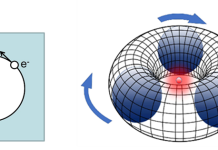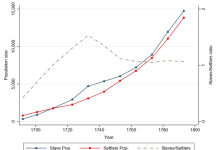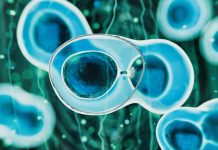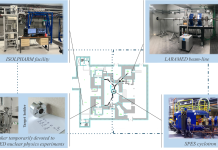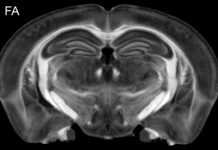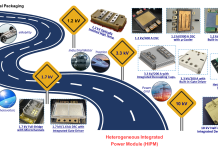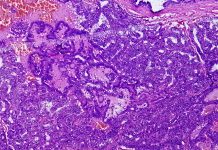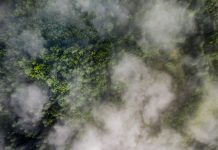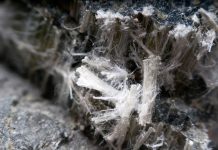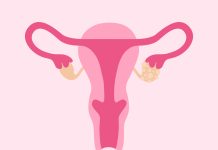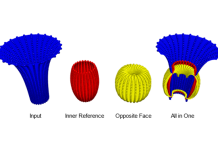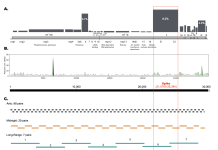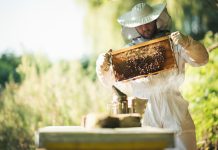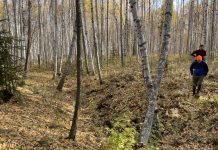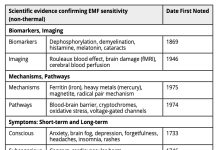Open Access Government produces compelling and informative news, publications, eBooks, and academic research articles for the public and private sector looking at health, diseases & conditions, workplace, research & innovation, digital transformation, government policy, environment, agriculture, energy, transport and more.
Home 2025
Archives
Positron and electron catalysis of neutrino hadronization: How our universe was made: Part III
Constantinos G. Vayenas1, Dionysios Tsousis1,2 and Eftychia Martino1 examine positron and electron catalysis of neutrino hadronization, as they continue to explore how our Universe was made.
Rethinking slavery at the Cape
Rethinking slavery at the Cape: Although slavery was common, the Cape was not a ‘slave economy’ in the strict sense, as it did not rely solely on slavery for economic surplus, according to Lund University’s Professor Erik Green.
Bone marrow transplantation and haplotyping
Brian Tait, chief scientific officer, Haplomic Technologies Pty Ltd, explores the clinical benefits of haplotyping in single-chromosome sequencing and unrelated donor bone marrow transplantation (HSCT).
Future innovative radionuclides for cancer treatment at INFN
The Italian Institute for Nuclear Physics conducts cutting-edge research in the field of nuclear, particle, and astroparticle physics, as well as in developing technologies for research and their applications to benefit society.
The promise of antimicrobial peptides
Brian P. Lazzaro, Liberty Hyde Bailey Professor at Cornell University, highlights the promise of antimicrobial peptides (AMPs) as powerful agents in the ongoing battle against antibiotic resistance.
3D microscopic whole brain neurodegenerative MRI
This article by G. Allan Johnson, Ph.D., focuses on advanced MRI techniques for studying neurodegenerative diseases, exploring the challenges of screening therapies for conditions like Alzheimer’s and Parkinson’s, and highlighting the promising research conducted at Duke University.
Power electronic modules form the basis of grid modernization
H. Alan Mantooth, Distinguished Professor at the University of Arkansas, guides us through power electronic modules, which form the basis of grid modernization.
Waste-to-energy: How Europe can avoid sleepwalking into a landfill catastrophe and achieve net zero
Vanessa Fakra at Kanadevia Inova AG discusses waste-to-energy, including how Europe can avoid sleepwalking into a landfill catastrophe while achieving net zero.
Cancer care through molecular diagnostics: Addressing papillary thyroid cancer
Oliver Bathe from the University of Calgary and Qualisure Diagnostics, walks us through addressing the surge in papillary thyroid cancer incidence by refining cancer care through molecular diagnostics.
Mounting water scarcity: A complex challenge requiring nuanced solutions
Addressing increasing water scarcity is a complex challenge that requires nuanced solutions, according to Peter Greve from the Climate Service Center Germany.
Energy-efficient greenhouse production for emission-free food cultivation
Michel J. Verheul discusses the advancements in energy-efficient and emission-free greenhouse production in Norway, focusing on the innovative methods developed by researchers at the Norwegian Institute of Bioeconomy Research (NIBIO).
Proceedings of the Libby, Montana asbestos education & outreach retreat
Jean C. Pfau discusses the history and health implications of the vermiculite mine in Libby, Montana, and the establishment of the Center for Asbestos-Related Disease (CARD), which offers vital clinical services for affected individuals. Additionally, a retreat in June 2025 allowed experts to share research findings on asbestos exposure.
Ovarian phenotypes impact fertility and pregnancy outcomes
In this ovarian health focus, Adjunct Assistant Professor Zhongwei Huang, Dr. Paula Benny and Ms. Hui Wen Tam explore how ovarian phenotypes affect ovarian function and lifespan, leading to complications in pregnancy outcomes.
Organic intelligence core technology (OICT) solves the core problem of AI/ML
Many businesses are growing sceptical of AI/ML because they fail to see strong returns or solid fundamentals. Inora Organic Intelligence Core Technology (OICT) changes that – built on a strong foundation, it delivers accuracy and sustainable ROI.
What can we learn from millions of viral genome sequences?
David Ussery and Pratul Agarwal, Professors in the Department of Physiological Sciences at Oklahoma State University, discuss their work using high-performance computing for the analysis of millions of viral genome sequences.
Advancing value-based healthcare (VBHC) through collaborative innovation
The UK NHS’s are all seeking sustainable, outcomes-driven care, adopting VBHC with its focus on better patients outcomes relative to cost: an approach underpinning the recent 10 year plan for England. A joint project between an International Biopharmaceutical Company and Swansea University explored effective collaboration for successful VBHC implementation.
Honey production in Alberta: Grassroots extension services
Aleksandra Tymczak studies the beekeeping and honey industry, which is an established sector of Alberta’s agricultural system. In this article, she emphasizes the importance of knowledge within the industry and the growing capacity of grassroots extension services to both share and acquire knowledge.
Cryptic ground ice conditions in permafrost and northern agricultural expansion
Permafrost conditions are often heterogeneous and concealed beneath the surface, becoming evident only when thawing occurs. Melissa Ward Jones discusses these challenges and highlights a new publication that identifies ice wedges for the first time in the Yukon-Kuskokwim Delta region of Alaska.
Confirming Electromagnetic Hypersensitivity (EHS)
Michael Bevington of Electrosensitivity UK advocates for recognising the health and environmental impacts of human-made electromagnetic fields (EMFs), citing both historical and legal acknowledgement as well as scientific research linking EMFs to various symptoms.
Knowledge tipping points: Co-creating rainforest futures
The article highlights the importance of envisioning multiple futures for human and rainforest coexistence. It emphasizes forest conviviality and knowledge co-creation, drawing insights from the PRODIGY research project, which shows that knowledge systems are essential for socioecological resilience.

